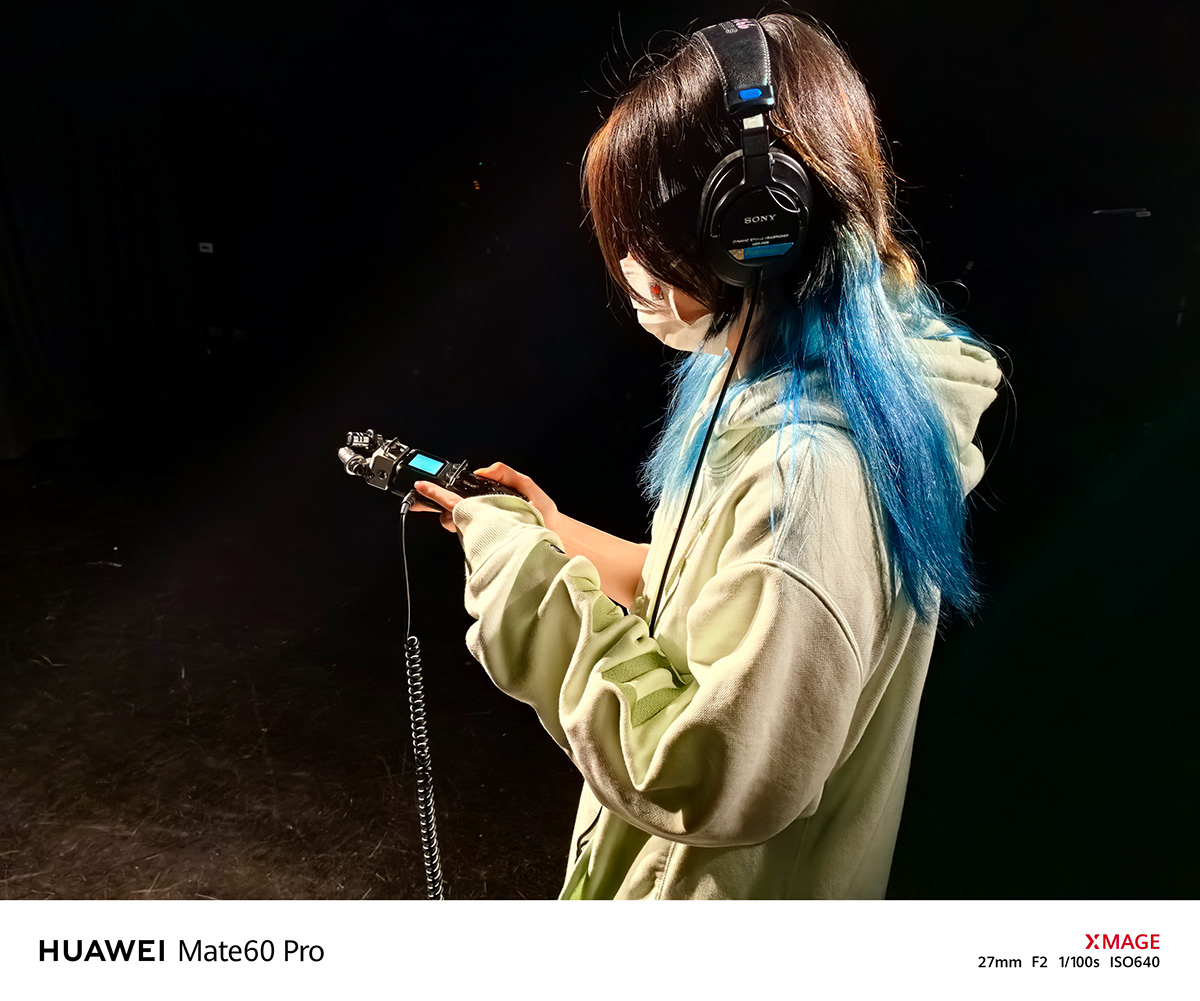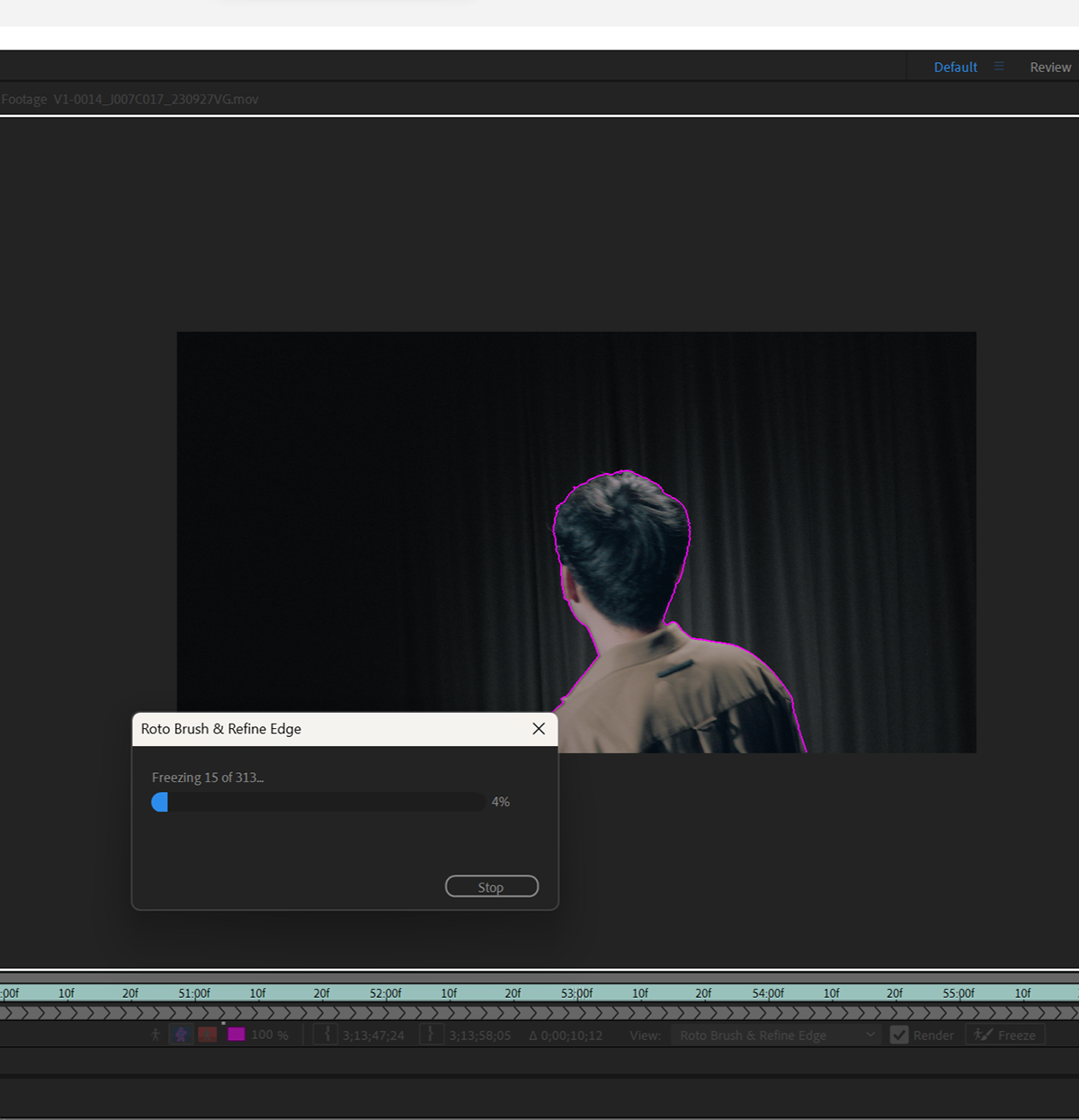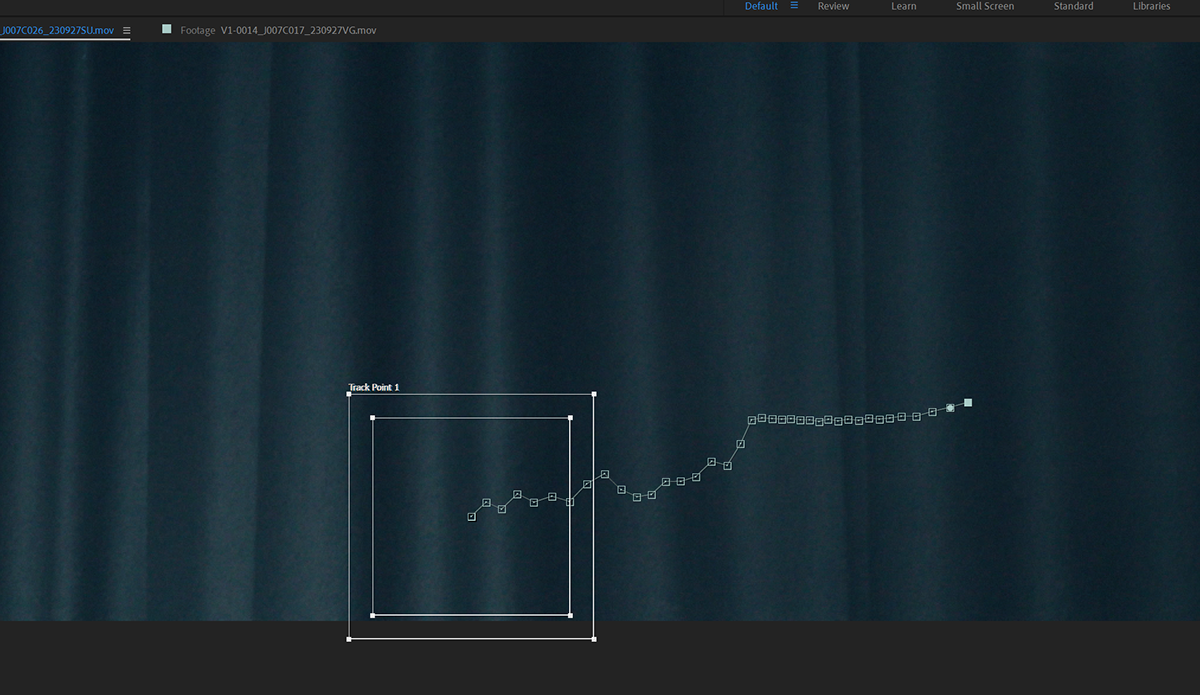The Other Side of The Body
Film
The story focuses on a young university student who is interested in internet arguments one day he opens a link sent by a stranger and is then caught in a dark room.
This room will directly show information flow recommended by algorithms via three screens the content contains: short videos from TikTok Chinese version(抖音), Weibo/微博(Chinese version X), and RED/小红书. The information is too noisy we will let our main character shout out loud due to this chaos
Finally, We want to let the recommendation system as a person show our idea: Are our opinions slaved by algorithms themselves?
Treatment
We mainly wanted to use these different representations of the platform, exteriorized on three different virtual screens.
The polarization of this information cocoon is reflected in China's social platforms at several points: the "proliferation of rumors", "a variety of extremely antagonistic social topics (e.g. men and women despising and antagonizing each other)", " Anti-intellectual discourse also has a certain trusting audience"
However, we have encountered some resistance in collecting this type of material, which means that thanks to China's rapid fact-checking of such content, as well as the enactment of appropriate laws and regulations to guide the online environment, and the high level of compliance by companies, this type of content is also relatively scarce, and it is very difficult to find material in this area.
For example, we used some 抖音 videos on the far left, and we also went in search of something similar to the 5G propagation COVID theory mentioned by anti-intellectual groups in Europe and the US, and we selected Xin Jifei (@辛吉飞), a Chinese video blogger related to food content. He also had a statement that convinced his followers that "any food is added with a very high amount of food additives that are extremely harmful to health" (Hou 2022).
In the end, even though there was a lot of debunking of the rumors, this blogger's statement still made his followers believe that what they believed was correct.

Behind The Scenes
Thanks to our IT team and TV studio team that makes us have opportunity for this studio with very advance lighting system.
We used a higher bitrate of 600mbps to record, in order to have less loss of quality, so that we can import to different software for colour grading and VFX compositing many times. Cine, which has more colour space, and we also use a higher 4:2:2 colour sampling rate to record richer colours.


Post-production
In the post-production stage, I still used Davinci Resolve for rough editing and colour grading.
I also used After Effects for virtual screens VFX assets building, I created a mask for the main character with Roto Brush in After Effects, using Track Motion plug-in in After Effects for tracking the main character for elements' movements.











